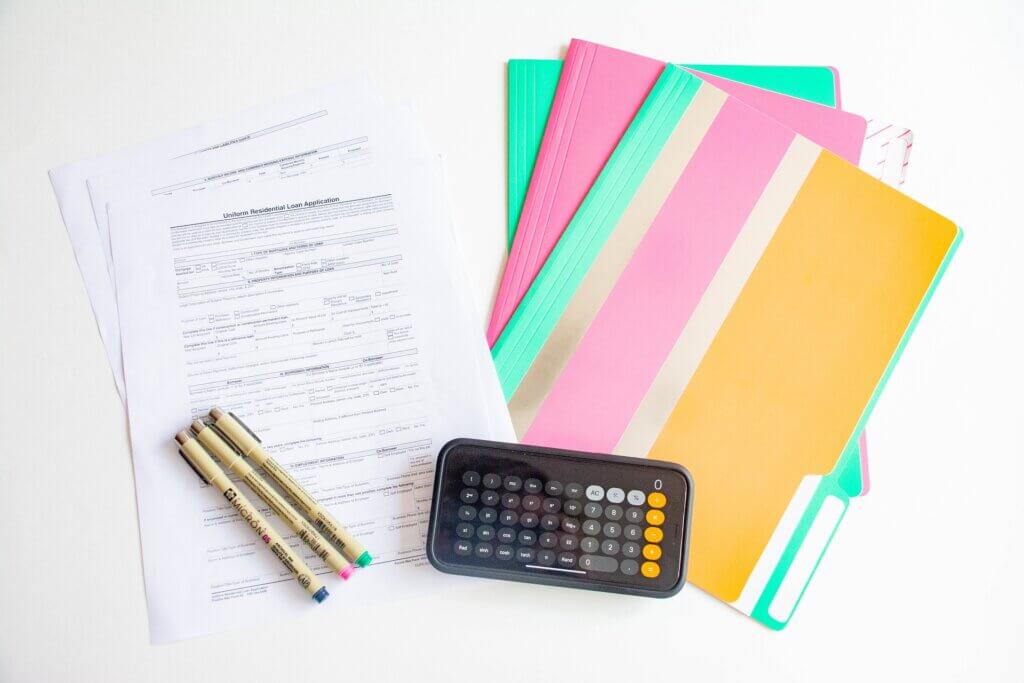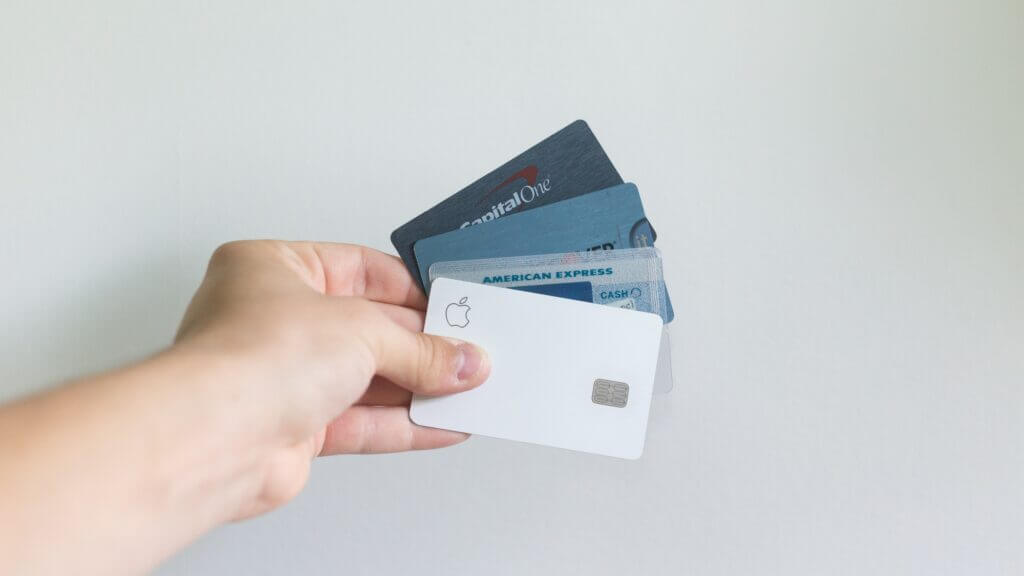The US government offers financial aid to its citizens – from grants to utility assistance programs. If you need help paying for higher education or utility bills, there are many avenues to fund it. Here is a rundown of financial aid you can get in the US.
Federal financial aid
The Federal Student Aid benefits provide more than $120 billion in financial aid every year. And it’s never too late to explore your options for a career school. To get started, you should file a FAFSA form and determine federal eligibility. After submission, you’ll receive a student aid report.
You’ll know the amount the college is offering and the expected expenses throughout the academic year. If you get multiple offers, you should accept the best. And once you graduate, you’ll get a grace period before you start making the payments.
One requirement to financial aid eligibility is maintaining satisfactory academic progress. Plus, you must give truthful answers all the time. It’s worth mentioning that the Federal Student Aid website gives a lot of information, including the deadlines.

Federal Loans
There are two sources of student loans – private and federal. In the fall of 2019, the William D. Ford Federal Direct Loan Program offered 10 million to students.
The Federal student loan is divided into four categories:
PLUS Loan
This loan is available to federal and undergraduate students who need financial aid. But you don’t have to show your financial need to get the funds if you meet the eligibility criteria. Unlike traditional student loans, there’s no maximum amount that can cover other financial aid.
Subsidized loans
This loan is offered by the federal government and comes with reasonable terms. Six months after you complete your education, the interest is paid by the US department of education. Subsidized loans are available for families with an annual income of less than $50,000.
Unsubsidized loans
Any student eligible for this type of loan must pay for the interest from the time they receive it. The interest is fixed, but the payments are typically deferred.
Perkins loans
This loan is available for students who need financial aid. While Perkin loans come at low-interest rates, the school you enroll in is the lending institution. And unless you drop from school, you don’t have to start making the payments until nine months after you graduate.

GOVERNMENT GRANTS
A grant is offered for free to students – it doesn’t have to be paid back. This type of financial aid is merit-based, need-based, and student-specific. In most states, students receive grants based on disability, minority groups, and more. Some of the grants offered by the government include:
Pell grants
Pell grant is a form of financial aid offered by students with exceptional capabilities – you don’t repay. It’s eligible for low-income students who want funds for tuition and other education expenses. To apply for the grant, you should fill in the FAFSA application form. Since 1974, this type of grant has been rewarding students.
To get Pell Grant, a student must demonstrate their financial need.
FSEOG
This type of grant is available to students with exceptional financial aid. The funds are allocated based on the aggregate need of individual students and funding levels. They also check the aggregate need based on the attendance of previous institutions.
Depending on financial needs, students can receive $100 to $4,000 per year. But once the FSEOG has been awarded to students that year, not more can be offered. If you’re eligible for the grant, the students will be credited to your account.
The learning institutions must maintain enrollment to access additional aid. Of course, your college or university will reward you withFSEOG based on other factors.
TEACH GRANTS
The TEACH grant is a type of loan offered to over 4000 students every year who want to begin a career in teaching or complete learning in the field. To receive the grant, you must sign an agreement to teach in a high-need field, elementary school, secondary school, and other educational institutions.
Another eligibility criteria is that you can only apply for the grant within eight years after you complete the course you enrolled for. Keep in mind the interest is charged after disbursement.
PRIVATE LOANS
Private loans must be paid to the lending institution with an interest rate. Each lender sets the rate and the best repayment period for the borrower. Unlike federal loans, the cost of borrowing is always higher.
Private loans come from private sources and offer many perks. The repayment period can be adjusted if you’re facing a financial crisis – this depends on the lender. If you pay on time, your credit score will improve exponentially and this is good for your financial health.
Scholarships
Just like grants, you don’t have to pay for a scholarship. In the US, this type of financial aid is offered by reputable institutions and private organizations. Some of the eligibility criteria include religious affiliation and academic performance.
At times, the student can write a simple essay to qualify for the funds. The benefit of a scholarship is that you can qualify for the funds without thinking about how to pay for school fees. If you have challenges accessing financial aid, you should consult the university financial aid department.
LIHEAP ASSISTANCE PROGRAM
LIHEAP is one of the utility assistance programs in the US that caters to the needs of low-income households. It helps families to manage costs associated with home energy bills. But much of the aid goes to families that are struggling to pay high winter bills and energy-related repairs.
Some states give priority to senior citizens while others focus on vulnerable families with high heating bills. Generally speaking, LIHEAP ensures power is not disconnected to families with serious health risks.
The grant also covers other types of energy like natural gas, propane, kerosene, firewood, and other types of fuel.
While each state will have its selection criteria, most of them are based on poverty levels. LIHEAP offers a cash grant to pay for utility bills and other times in the form of credit. The other type of assistance is the Crisis Grant. It’s suitable for people with a home heating emergency. To qualify for the LIHEAP assistance program, you must meet the application deadlines.
With the cost of higher education in the US on the rise, most students are unable to finance themselves. If you choose any of the above financial aid programs, make sure you understand the eligibility criteria.




